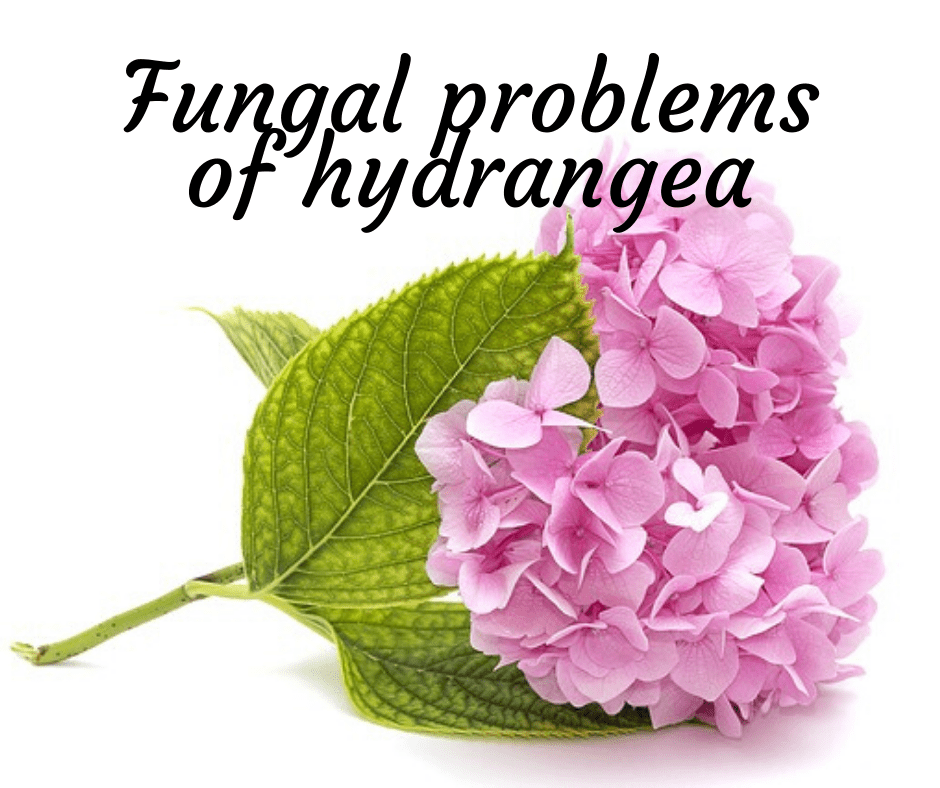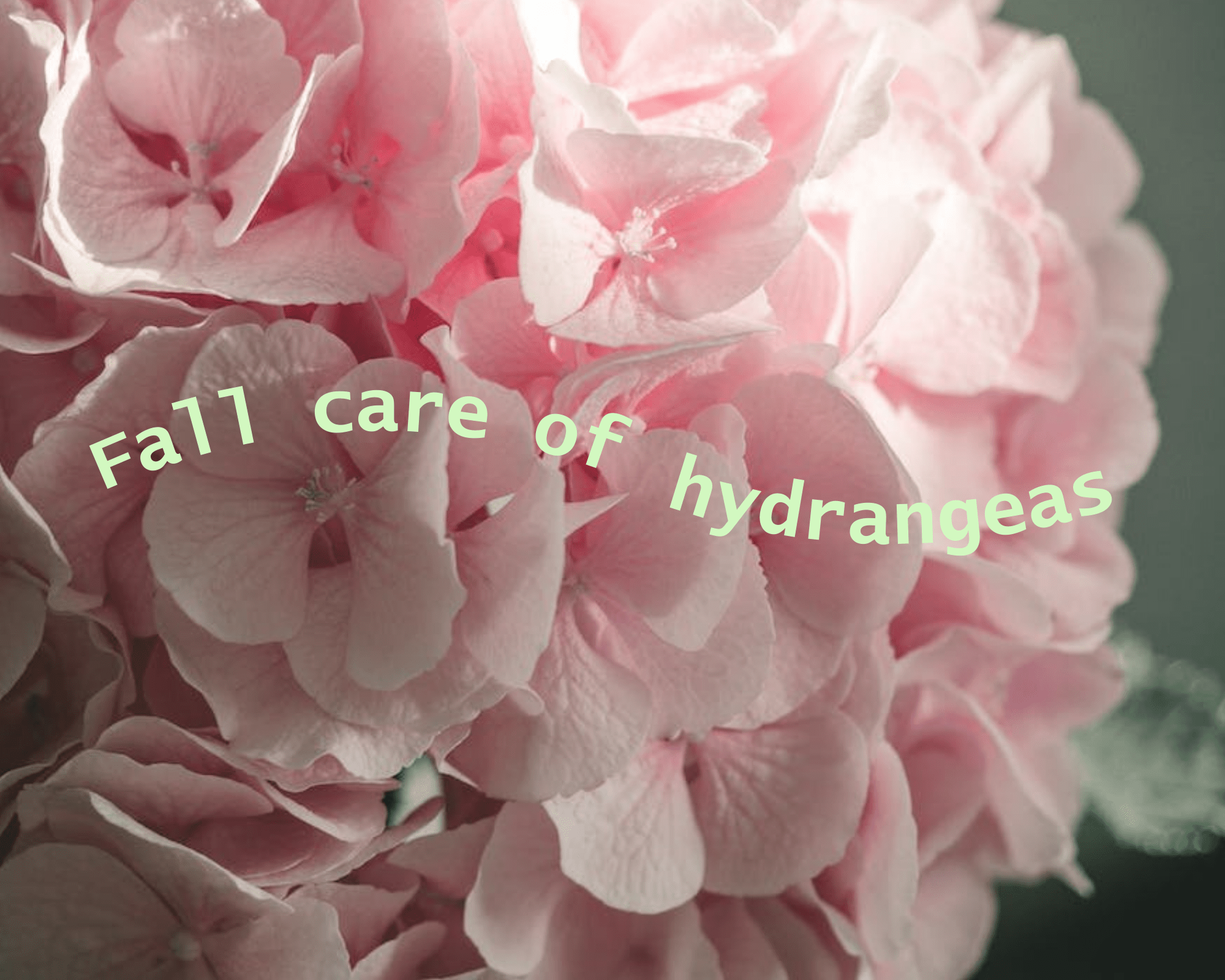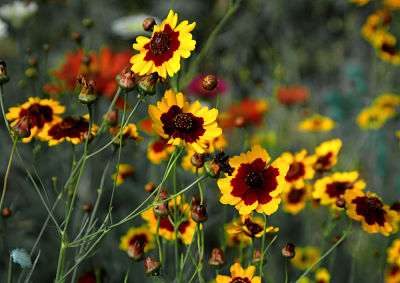This post may contain affiliate links. As an Amazon Associate we earn from qualifying purchases.
Whether you grow mopheads, lacecaps or panicles, odds are good that you grow hydrangea for the flowers. From big and puffy to delicate and lacy, hydrangeas thrive in moist, shady locations. Unfortunately, so do several fungal pathogens that hydrangeas are particularly susceptible to.
Fungal leaf spots, while generally benign, ruin the beauty of an otherwise spectacular flowering shrub. Although organic gardeners have limited choices when it comes to ways to kill hydrangea fungus, there are both organic fungicides and biological remedies for these diseases.
By the way, if you are interested in learning more about how to care for your hydrangea check out more about the care of hydrangeas? Check out our post Caring for hydrangeas: Everything you need to know.
Common fungal diseases of hydrangea
If you’re having a hard time identifying what ails your hydrangea, check out the University of Florida’s pictorial of various leaf diseases.
Several pathogens cause problems for the hydrangeas. Among the most common is Phyllosticta leaf spot, caused by the fungus
Phyllosticta hydrangeae-quercifoliae.
Initial symptoms include small water-soaked spots on the foliage. These will turn change shape and develop brown borders. Your best course of action is to remove infected foliage. Although the damage from this disease is not enough to kill the hydrangea, it mars the foliage, creating an eyesore in the garden.
Cercospora hydrangeae causes a disease commonly known as cercospora leaf spot on panicle, smooth, oakleaf and bigleaf hydrangea. This disease may lead to defoliation of the hydrangea.
Although powdery mildew can strike all types of hydrangea, bigleaf-types are most susceptible. Although it isn’t fatal, it spoils the hydrangea’s beauty.
What causes fungus on hydrangea?
Although many fungal pathogens survive without water, a lot of them require it for spore germination. Excessive rainfall, high humidity and a lack of air-circulation within the hydrangea make it susceptible to fungal disease.
Powdery mildew, one of the most common diseases, thrives in shady areas with high humidity. The best way to prevent fungus is to provide adequate air circulation within and around the hydrangea.
Prune away overhanging plants and move those that are crowding it. Water the plant at the soil to avoid water sitting on its foliage.
Fungal disease symptoms
Phylosticta causes foliage spots that are light to medium brown with darker margins. The middle of the spot may die and fall out, leaving gaping holes in the hydrangea’s leaves.
Cercospora leaf spot is evidenced by purple or brown spots with a more angular appearance than those caused by other leaf diseases. In the advanced stages of the disease, leaves turn yellow and fall from the plant.
This disease generally shows itself first at the base of the hydrangea shrub and works its way to the top.
Powdery mildew appears as a powdery substance on the leaves. You may also find purple spots.
Cure and prevention
Keep fungal diseases from spreading by routinely picking up any fallen, diseased leaves, bagging them up and throwing them away.
Organic gardeners, depending upon how close they live to a large city, may have trouble finding organic fungicides. There are, however, online retailers that sell these products.
Look for a fungicide with active ingredients such as copper octanoate or copper soap, sulfur or neem oil.
Biologically control fungus on the hydrangea with Bacillus subtilis strain QST 713. Although fungicides don’t cure existing symptoms, they prevent new ones from occurring.
Learn more about how to care for hydrangeas, how big they get and how to plant hydrangeas.
Resources
We earn a small commission when you click on a link and purchase a product.



